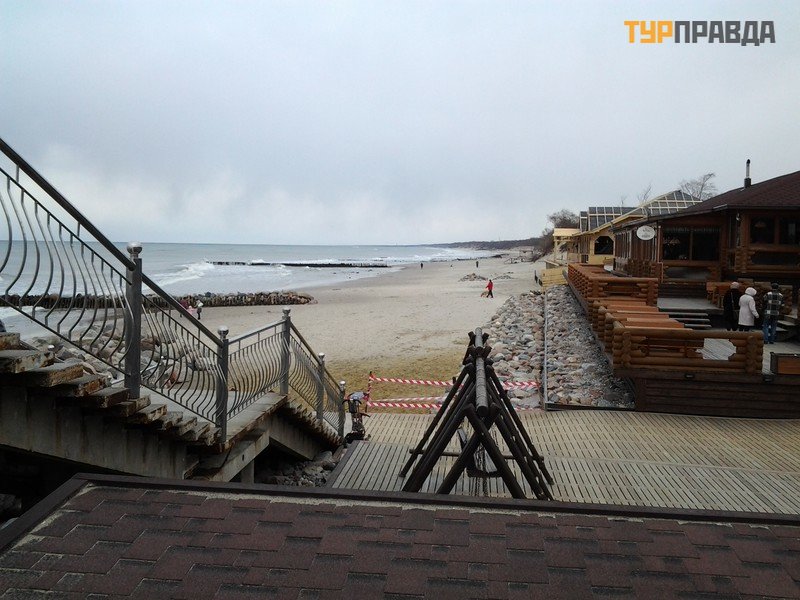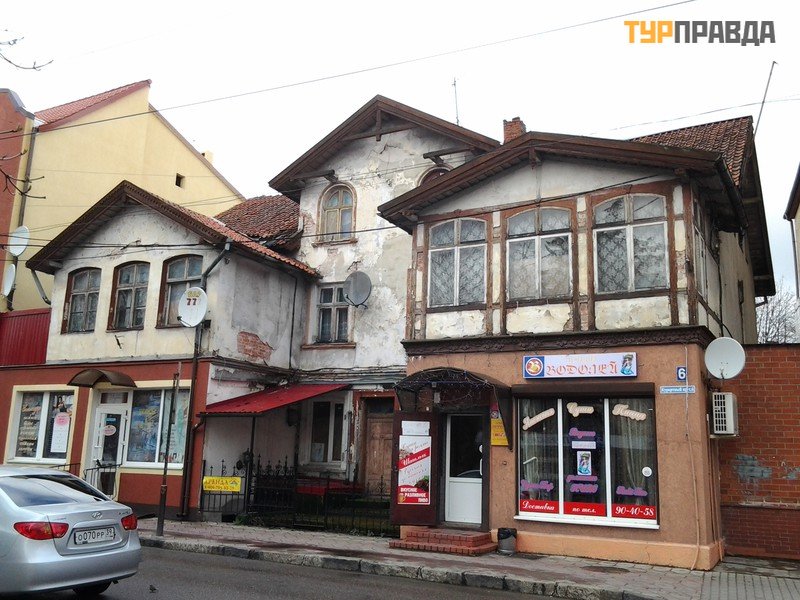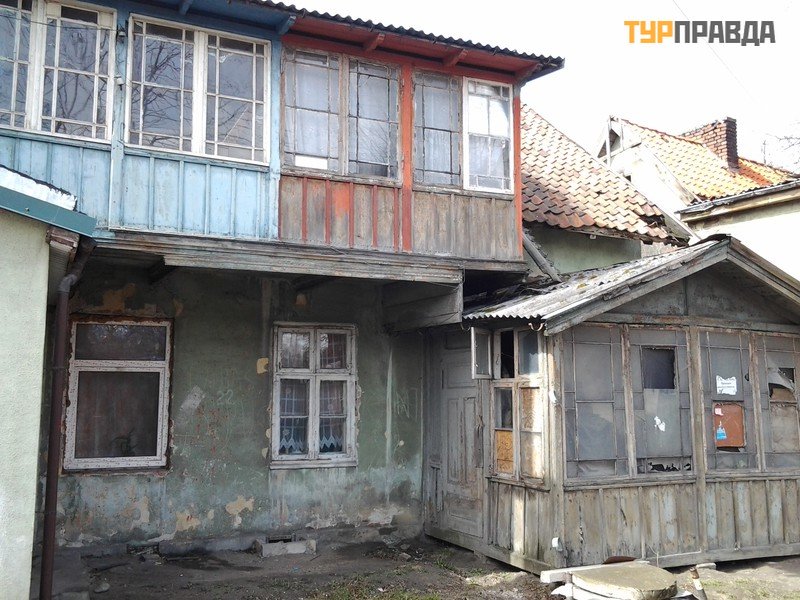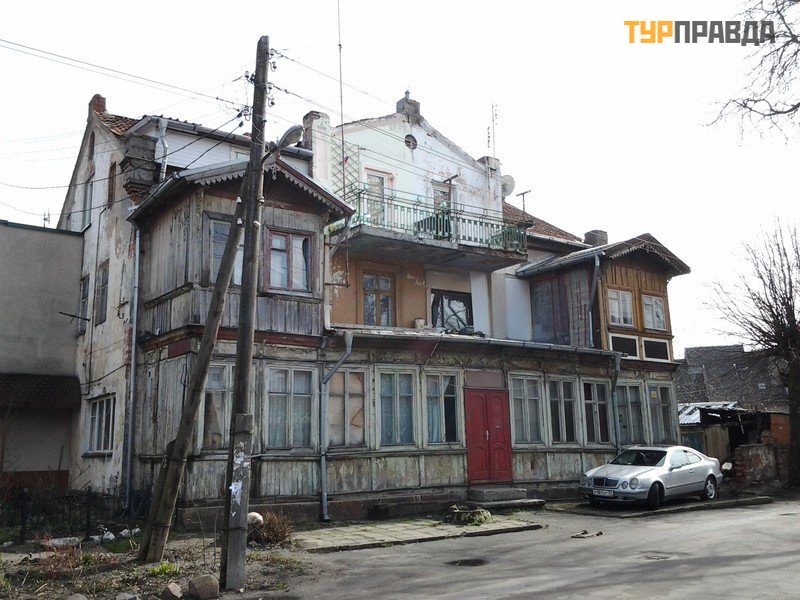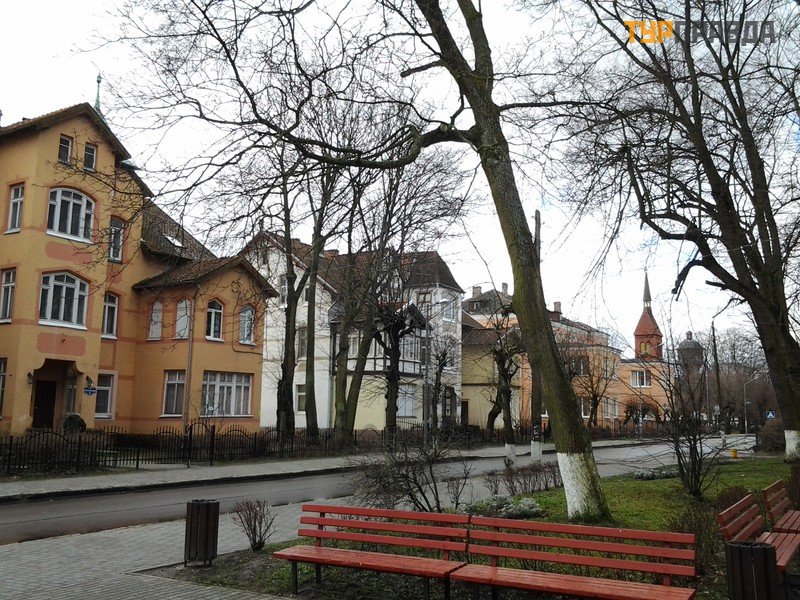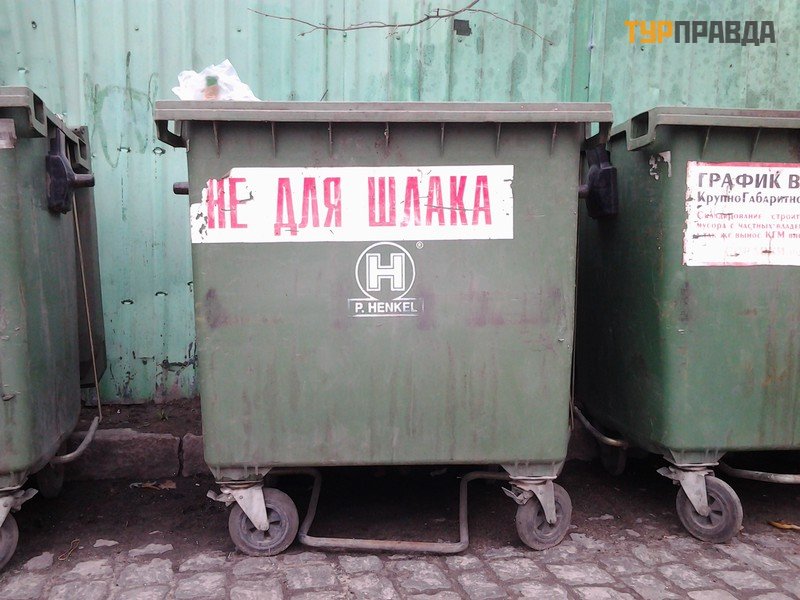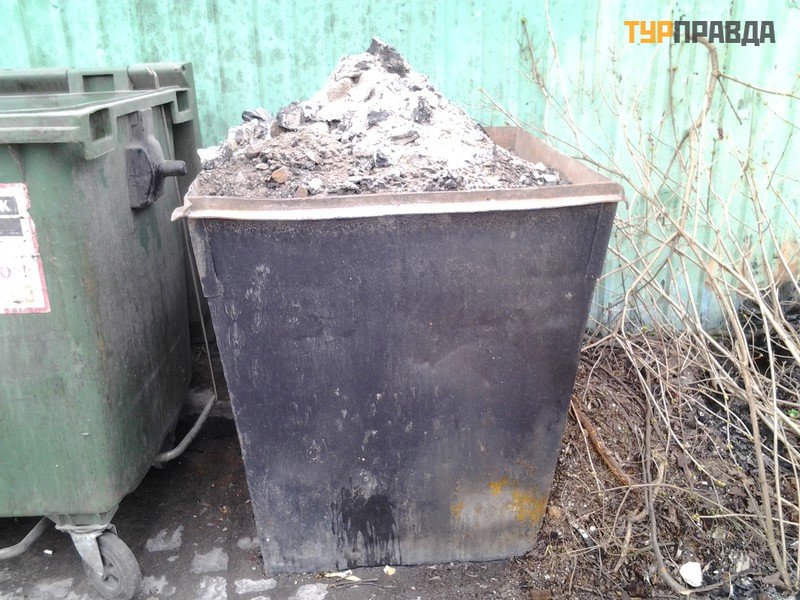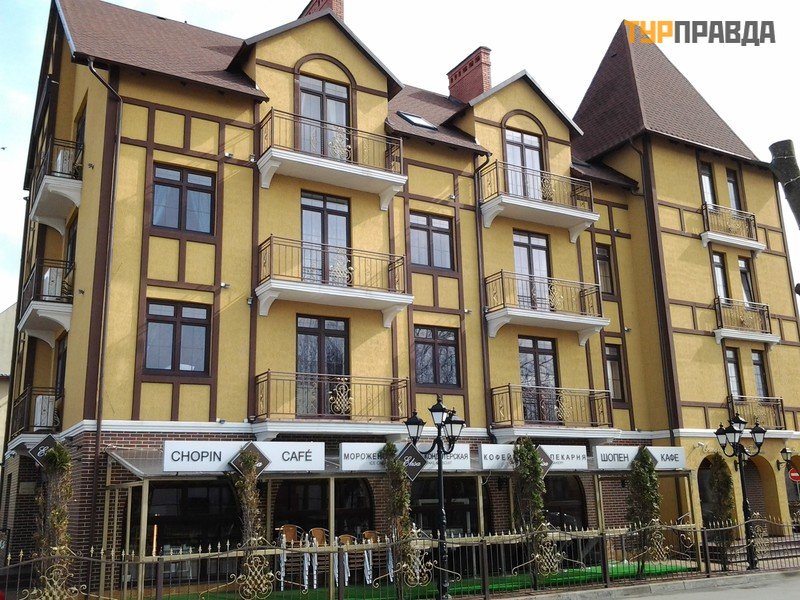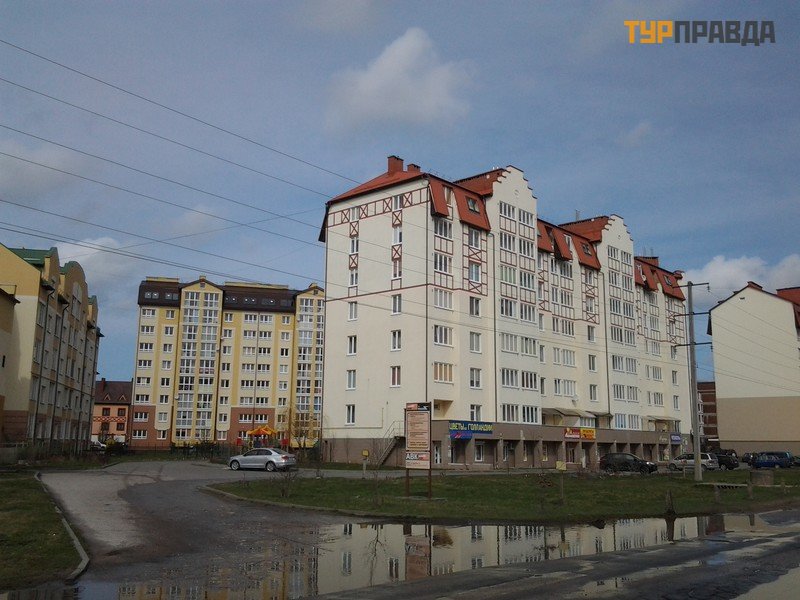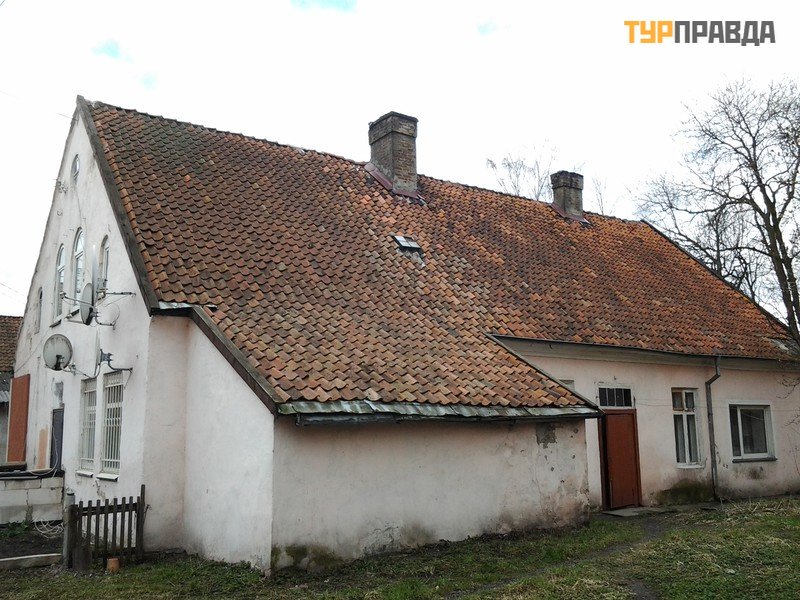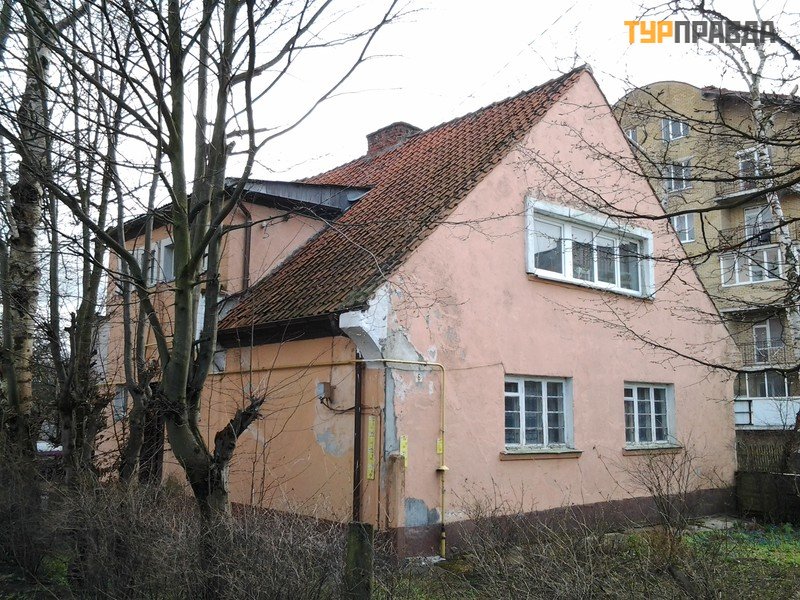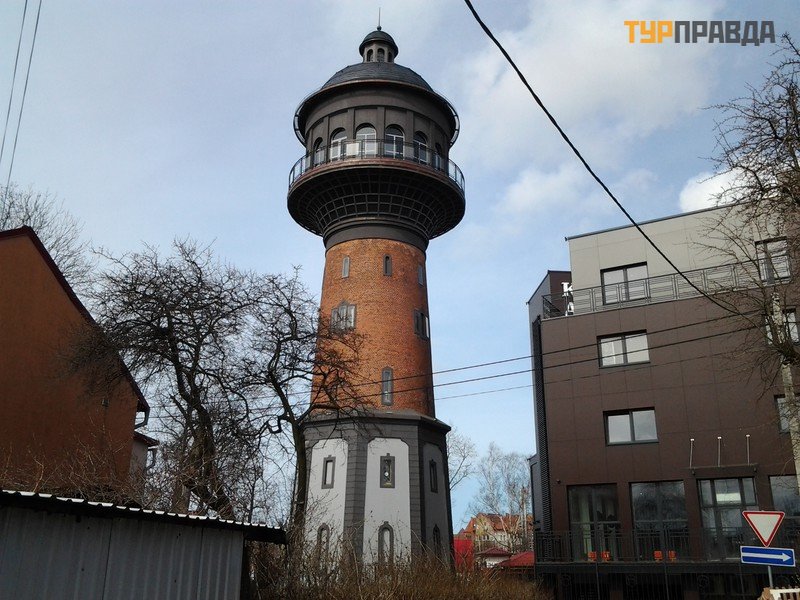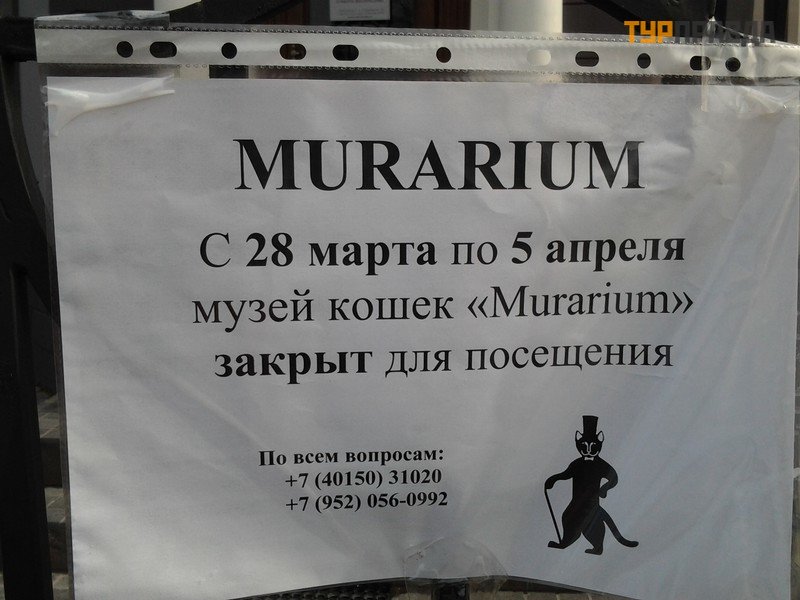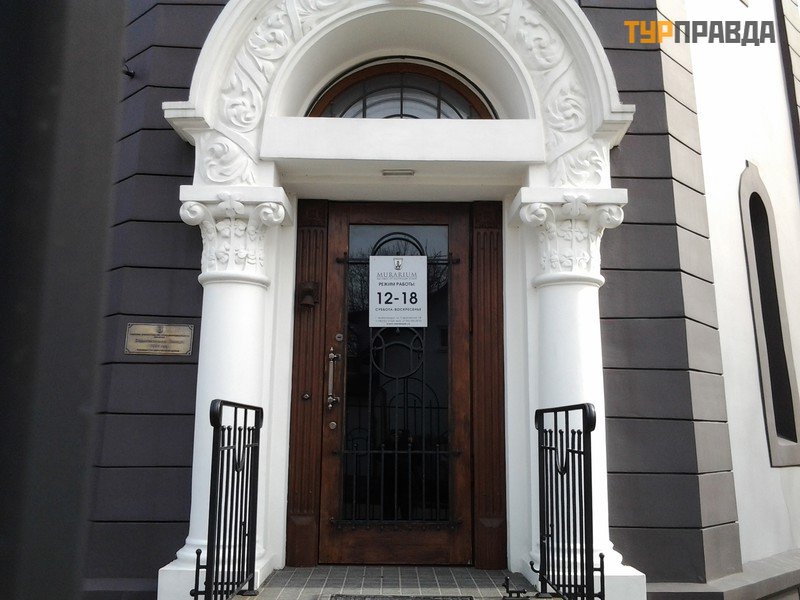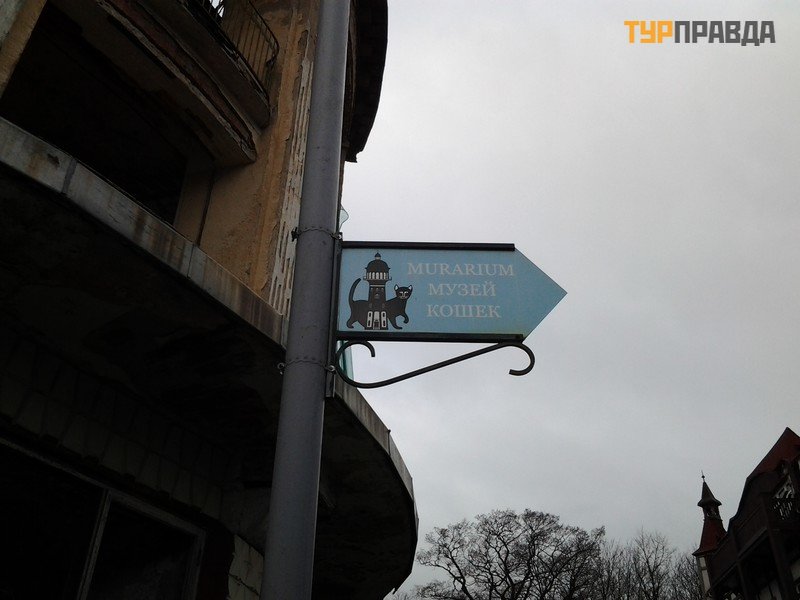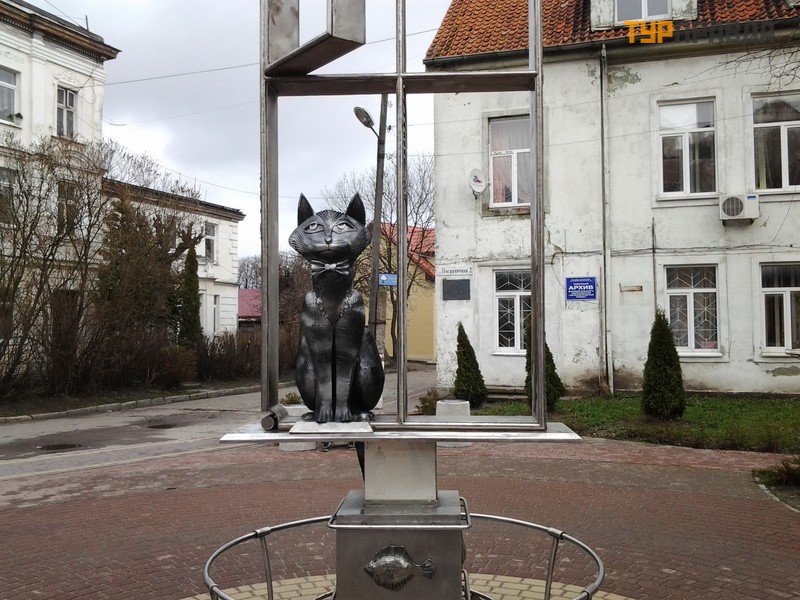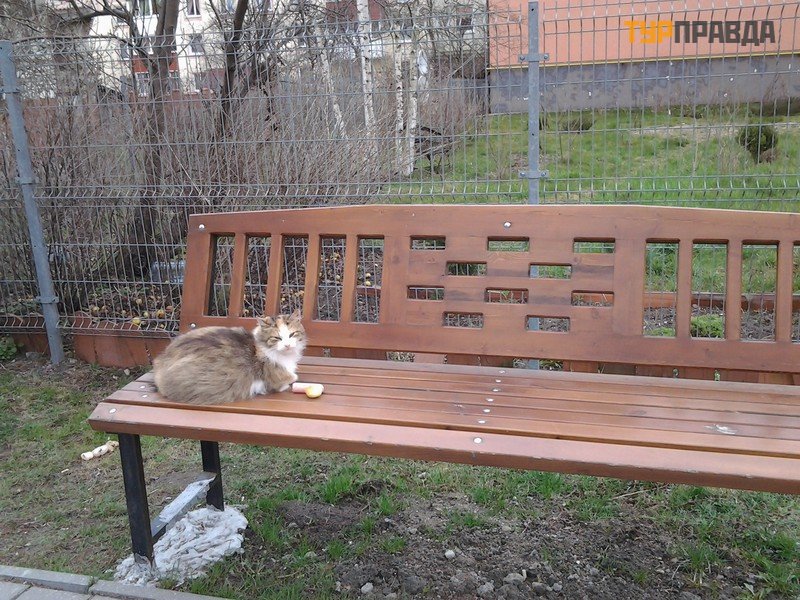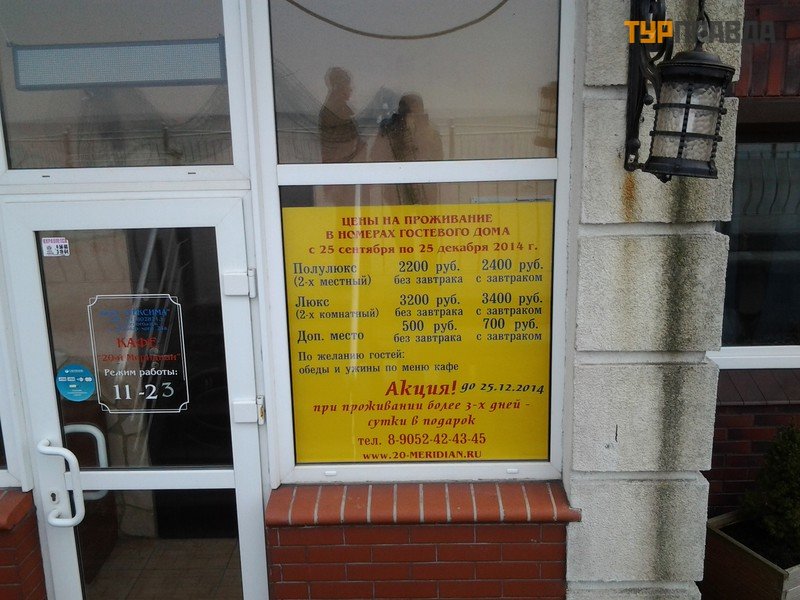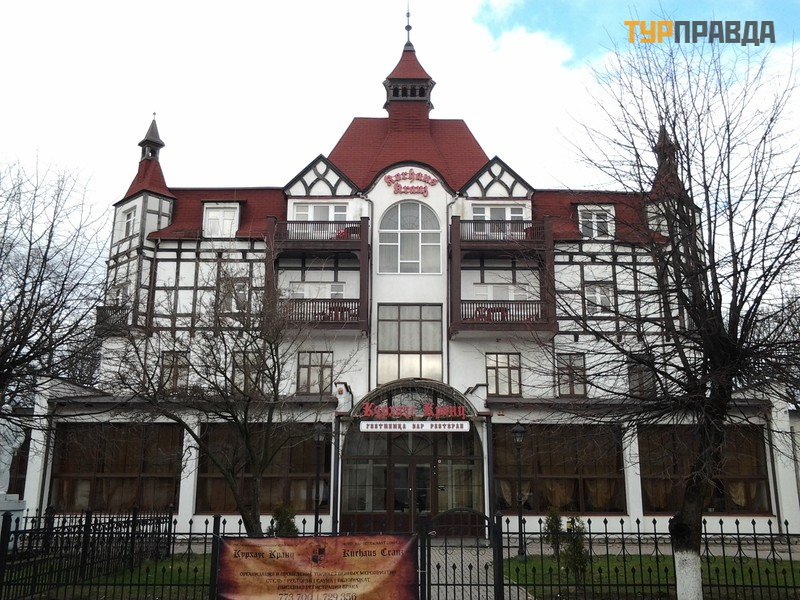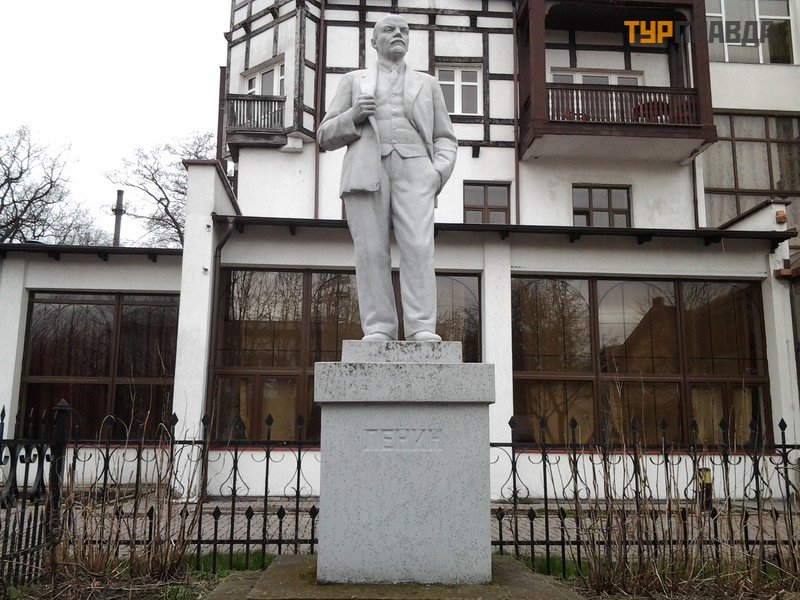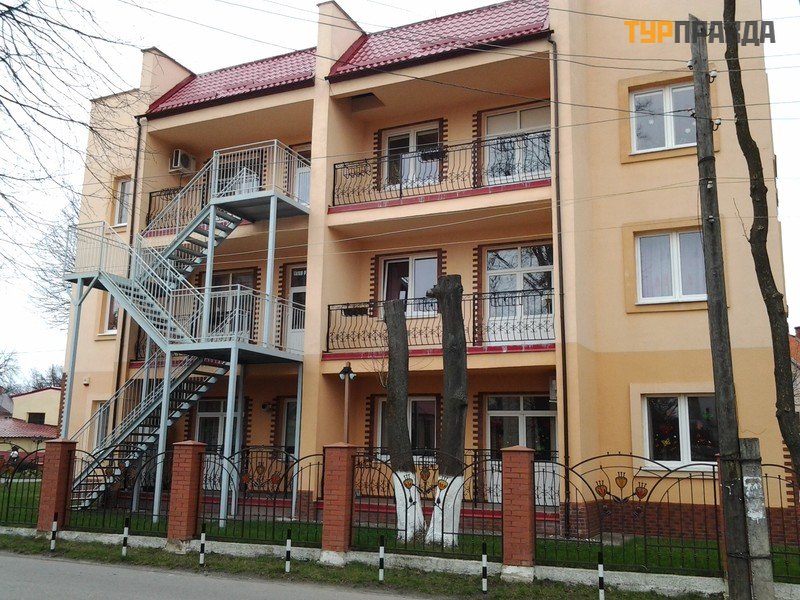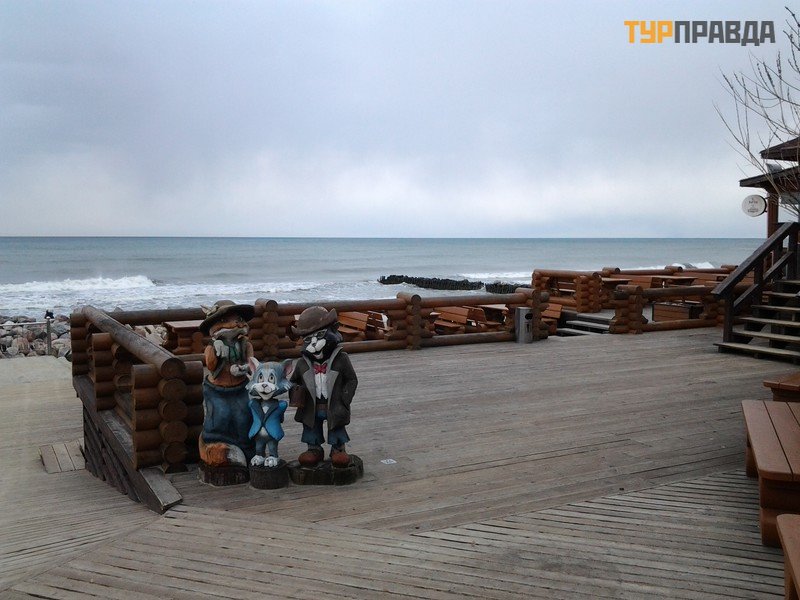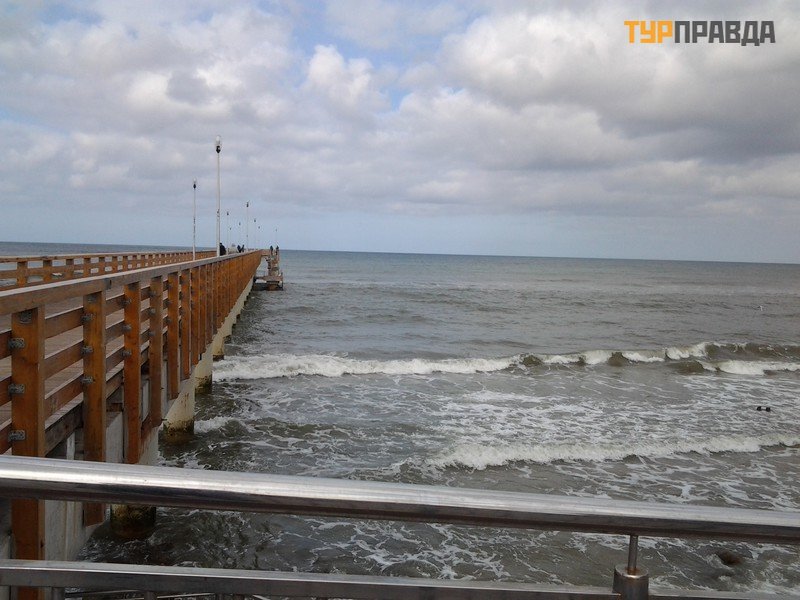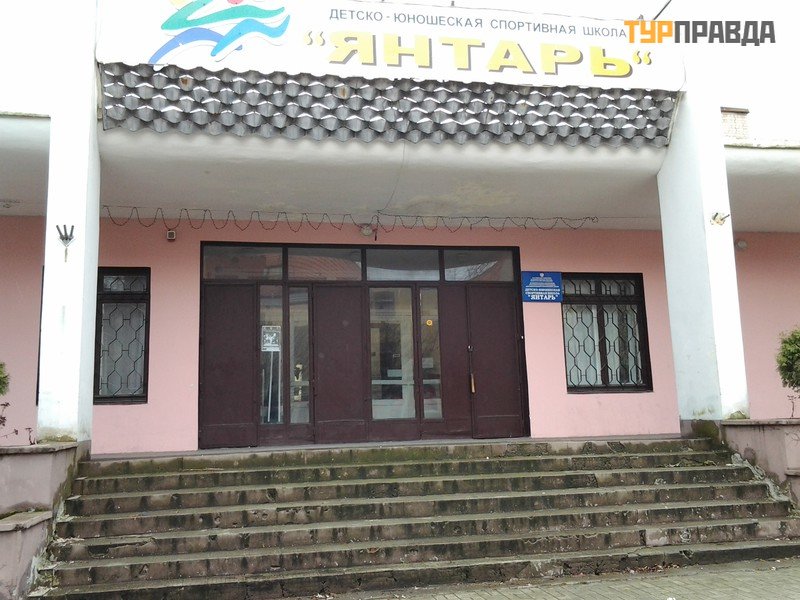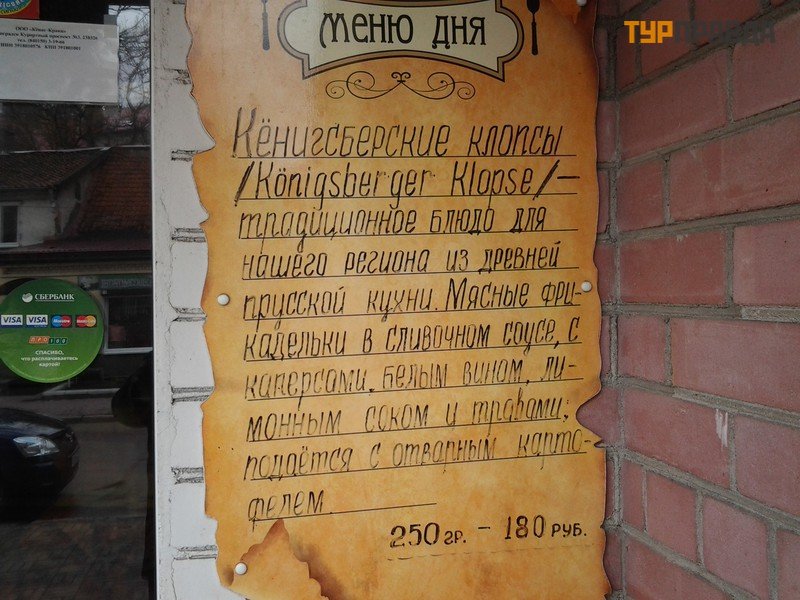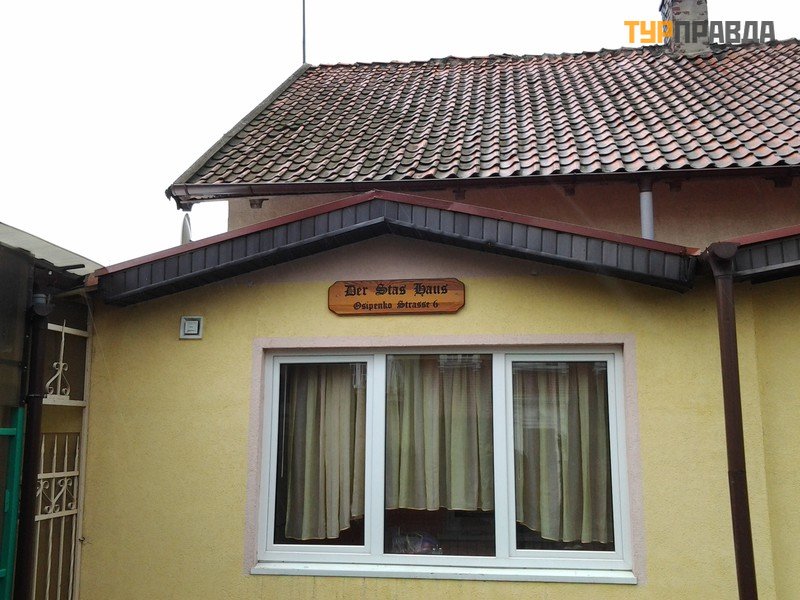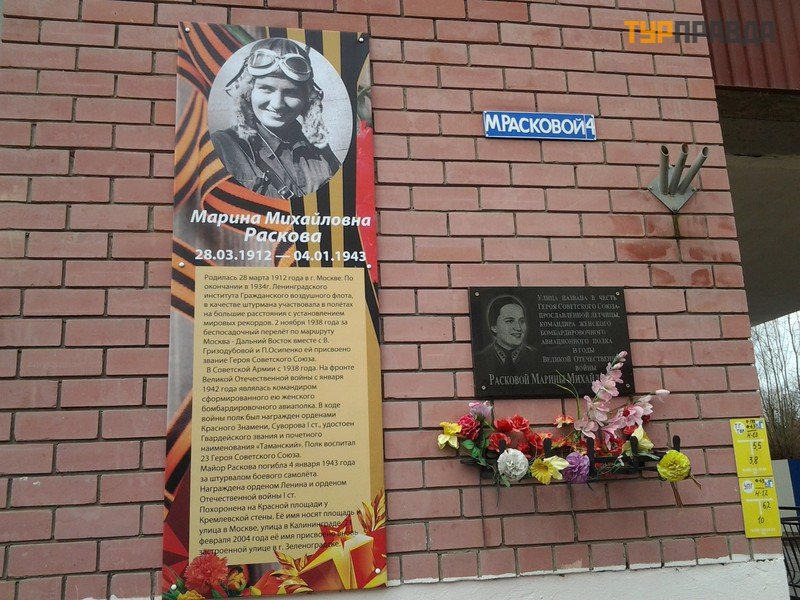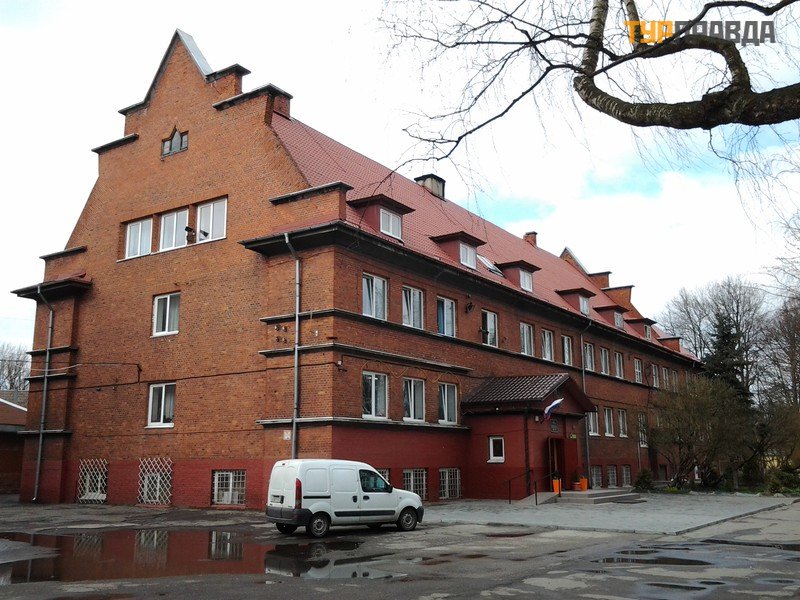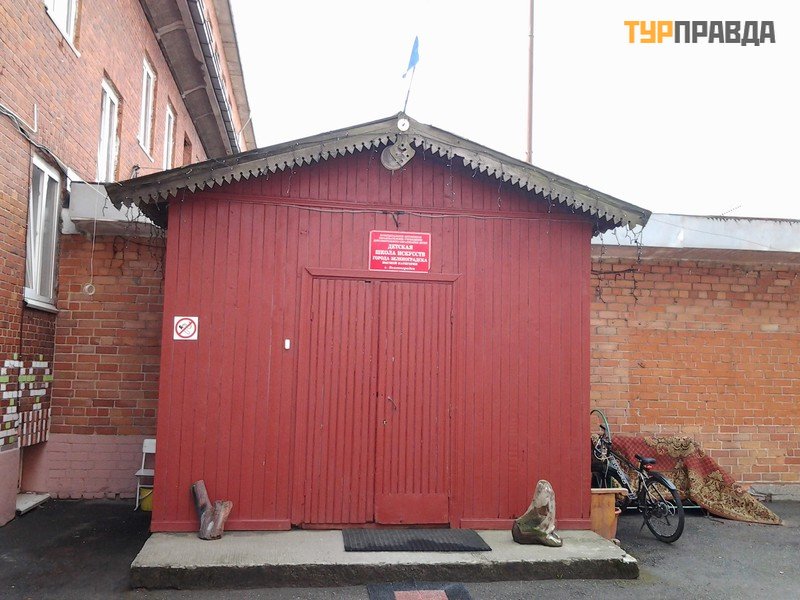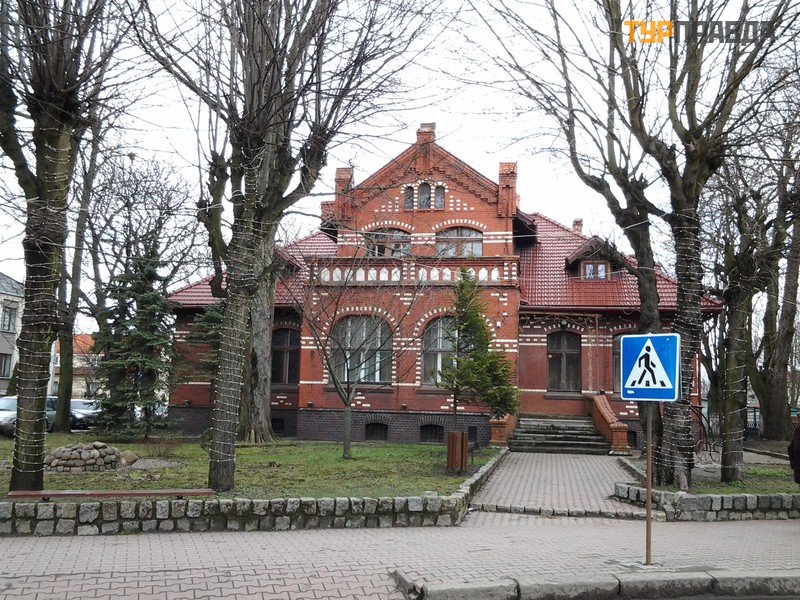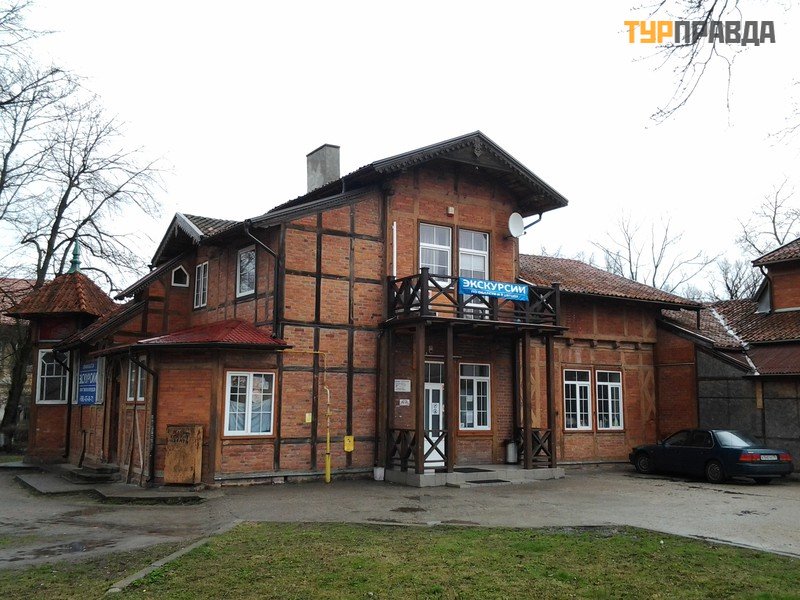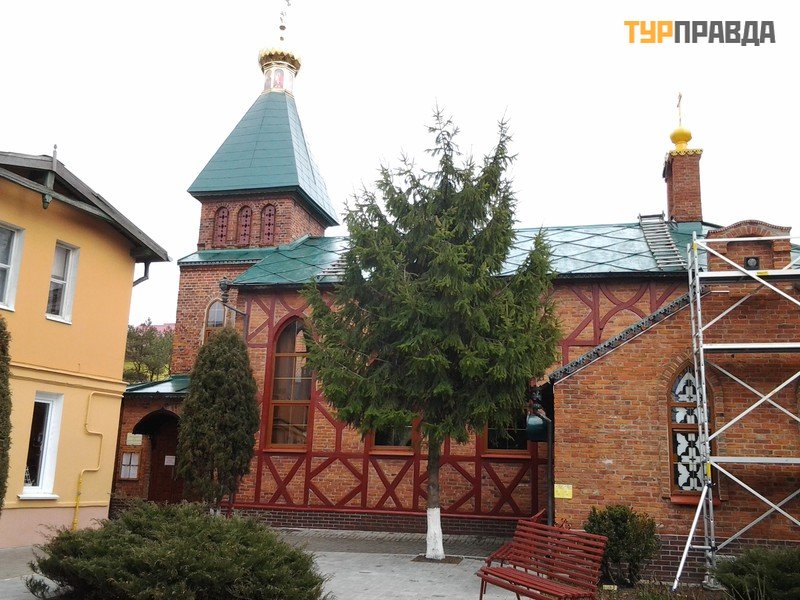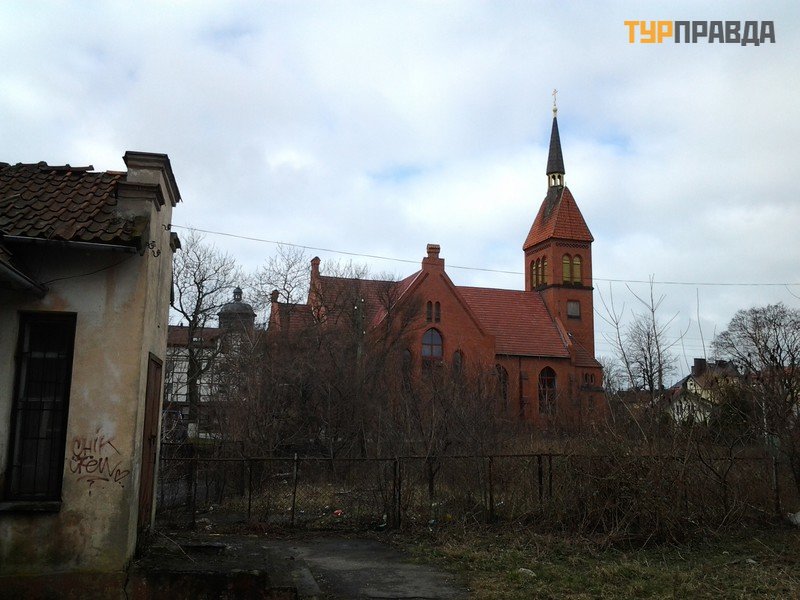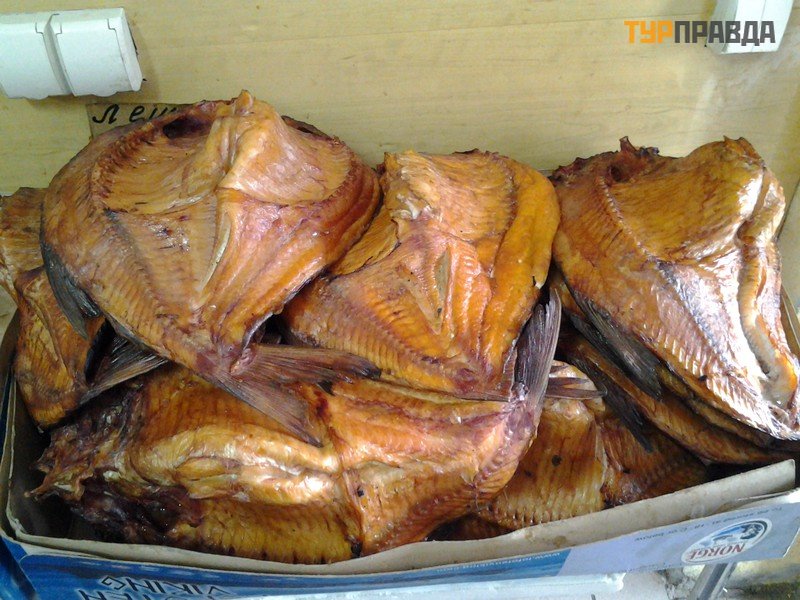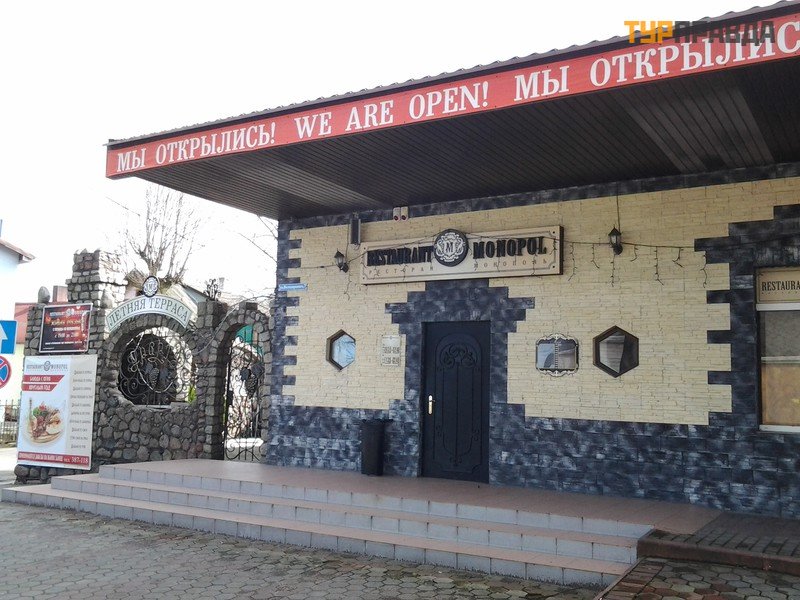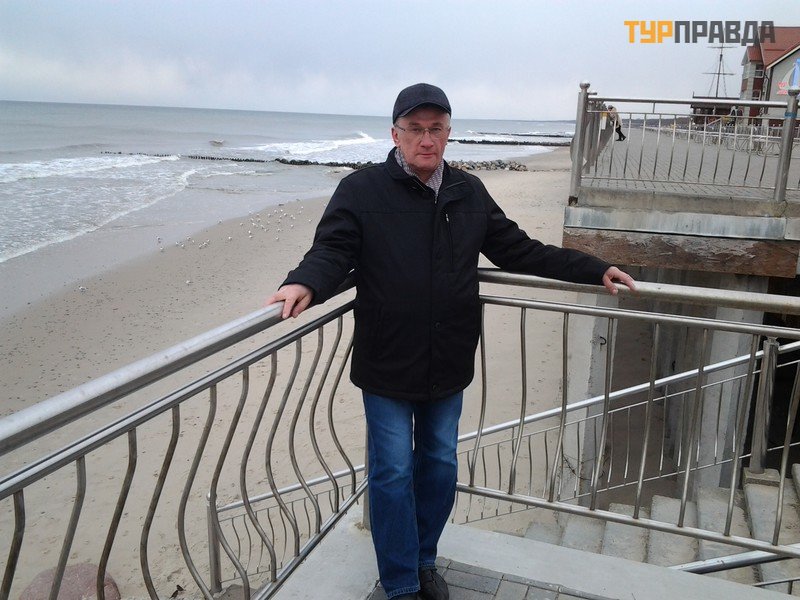European enclave of Russia
Kaliningrad region, Zelenogradsk. A city at the very base of the famous Curonian Spit, very close to Lithuania and not far from Poland, which was recently a German resort town with the beautiful name Kranz.
The city belonged to East Prussia, and after the Second World War, together with Koenigsberg, which has now become Kaliningrad, it went to Russia, or rather, to the USSR, and now this region is geographically further from Russia than from Poland, Lithuania and Belarus.
The city is clean, tidy, there are few cars, the streets are cleaned, beer is not drunk on the benches. The presence of a contingent of vacationers in sanatoriums, hotels and the private sector, mostly Muscovites and St. Petersburg, affects. People have been going actively in recent years, people have appreciated the benefits of a relaxing holiday in their own country, without a sharp change in climate and without drunken Tagil people. The Baltic Sea warms up in summer, the sand is fine, the beaches are wide and free.
The houses in the town were left over from the Germans, two-story, with tiled roofs, quite suitable for living. Often in such houses only the first floor is repaired, equipping a shop or cafe in it, and an ancient German building hangs over it:
There are also quite dilapidated houses, in which, however, people live:
The owner of this Mercedes, imported from close Europe, repaired the top of this shack:
Ironically, the street of old German houses is named Moskovskaya:
It may seem incredible, but in the 21st century, in a not the smallest city in European Russia, many houses are still heated with coal using old German boilers (here it is, German quality, das ist gut). To prevent residents from dumping hot slag into plastic garbage containers, scary iron boxes are placed nearby:
New houses are allowed to be built with tiled roofs and half-timbered walls so as not to violate the general style of the city. Here, for example, is the Chopin cafe, where the best coffee in the city is brewed:
And these are just modern houses, stylized a little like Prussian ones:
However, the old German tiles, which have served for a hundred years, are still more reliable:
Locals only change windows, but don't touch the roofs:
In Zelenogradsk there is a unique art museum of cats Murarium, located in an old water tower:
The tower was supposed to be demolished as unnecessary, but a young guy found it, restored it, and now he made an unusual museum there. The people are flooding. Unfortunately, the museum was closed during my stay in Zelenogradsk:
There are many signs in the city that remind me of this creative:
Because we haven't been inside, I wanted to upload photos from the Internet here, but I probably shouldn't. Just type in any search engine: Murarium. I myself will definitely get inside on my next visit, then I will write a separate story about it.
So far, here is a photo of a local Zelenograd cat, which every day lay on the bench of the bus stop and did not give up his place to anyone:
There are many guest houses in the city, the prices for living by the sea are as follows:
You can also stay in a comfortable hotel, for example, in this restored Kurhaus (in Prussia, the Kurhaus is the main hotel of the city):
In front of Kurhaus stands Lenin, small, as befits a small town, a little taller than a man. Our Vyborg Lenin is thicker and generally cooler than Krantsev's.
But this hotel, "Queen Louise" - is abandoned, the owner is some Swede. Queen Louise is revered by the Germans because she had 9 children and she fled through this town during the Franco-Prussian War. 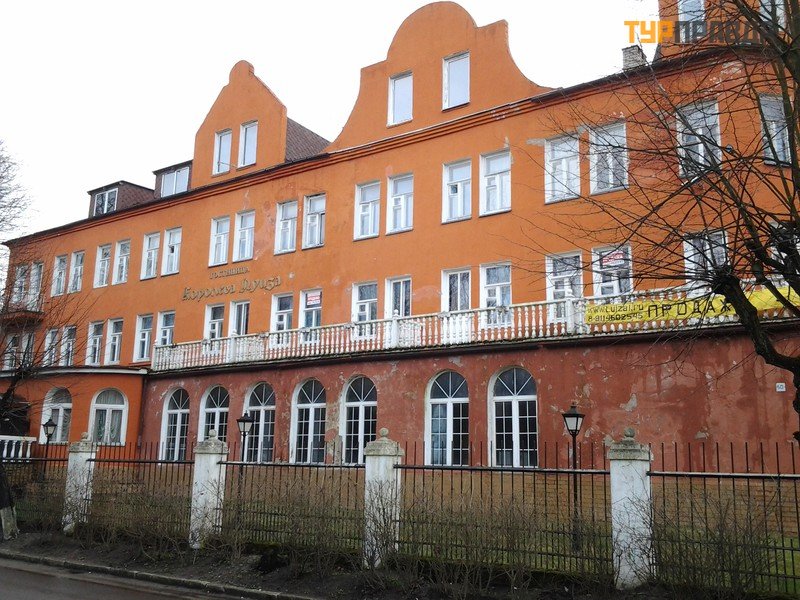
There are many sanatoriums on the coast, including children's ones. This is a children's psycho-neurological sanatorium. After a series of fires in mental hospitals, external stairs for evacuation were made:
The Baltic coast in the town is comfortable and cozy, there are many cafes and restaurants, there are open areas for drinking beer to the sound of the waves:
The Baltic is beautiful and harsh, and draws you in. The coast is clean, they are not drawn in by mud and algae. Almost always waves:
There are no industrial enterprises in the city, hence the good ecology and high-quality health improvement. For the treatment of respiratory organs come from different parts of the country. During the summer, the city's population triples.
Near the city, locals are digging amber, illegally, of course. They dig huge pits, pump water out of them with pumps with generators, and the police successfully catch them.
All names in the area are associated with amber:
Have you ever wondered why the energy system in the Kaliningrad region is called "Yantarenergo"? This is not because my colleagues love trinkets, but only because it is impossible to form the name of their office in the usual way due to dissonance. Here, for example, we have Lenenergo in the Leningrad region, Mosenergo in the Moscow region, etc. Try to name an enterprise in the Kaliningrad region along the same path, you get Kalenergo. So the poor fellows come up with all sorts of ridiculous names to get around this first syllable of a stupid surname.
I don’t understand at all why this very western region was named after Kalinin, who has never been there and has nothing to do with this land.
In general, the locals consider themselves not just Russians, but a little Prussians or even Curonians. Here is a menu with local flavor:
And here is a pointer to the house, in which, based on my school German, I assumed Stas was the owner:
There are many streets in the city with the names of war heroes, and their exploits are indicated on biographical tablets, for example, Raskova Street:
Here is the famous Prussian school, after which they were taken to any university in Germany. Preserved almost in its original form:
Compared to the art school. . . See for yourself:
Local history museum in the former Villa Crelle with unusual, glazed tiles:
The main city travel agency offers excursions throughout the former East Prussia, trips to Poland, which is very close, are popular. For residents of the region, there is an easier entry to Poland for day trips to the shops. Less frequent visits to Lithuania.
There are two temples in the city. The first, Andrew the First-Called, small:
And the Transfiguration Cathedral, huge and tall:
Even from the architecture it is clear that these churches were not Orthodox. The Church of St. Andrew the First-Called was Catholic, and the second was Lutheran. These churches were reconsecrated according to our canons and became Orthodox. I don't know if this is correct. Probably, it was necessary to leave these temples in memory of the people who built them, and make there, for example, a museum, and we should build our own temples. IMHO, as they say now.
The city market is full of Baltic fish, I liked these huge smoked breams:
Here is the most delicious barbecue. Armenians, of course:
And this is actually me. All goodness and peace.
All photos were taken on an ordinary simple tablet, so don't blame the quality. Thanks to everyone who read.
